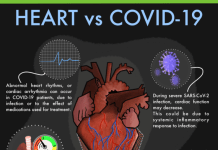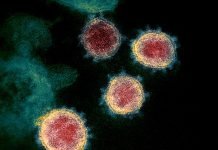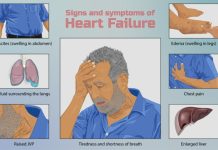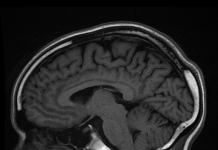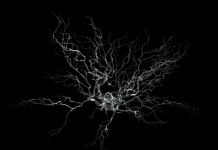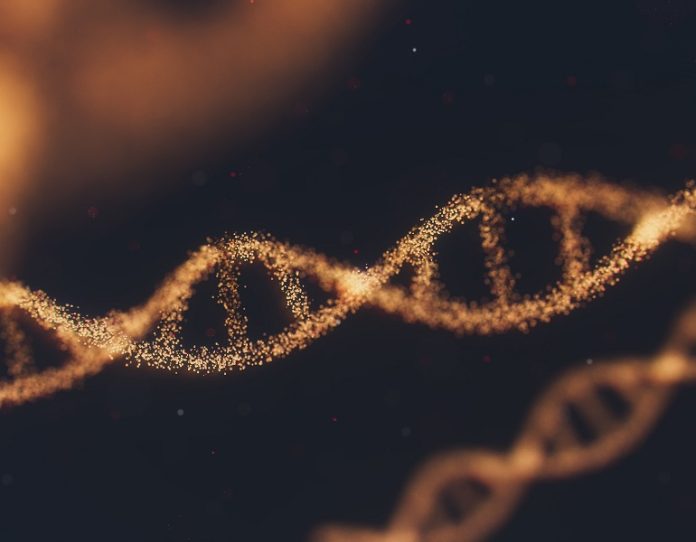LZTFL1 expression causes high levels of TMPRSS2, by inhibiting EMT (epithelial mesenchymal transition), a developmental response involved in wound healing and recovery from disease. In a similar manner to TMPRSS2, LZTFL1 represents a potential drug target that can be utilized to develop novel drugs against COVID-19.
COVID-19 disease has caused havoc among millions of people around a world leading to millions of deaths globally and bringing economies of majority of countries to a grinding halt. Investigative studies over the past 2 years have led to significant advances in the understanding of the disease leading to identification of drug targets to develop a cure for COVID-19 and development of effective vaccines to prevent further spread of the disease. However, we are still are away to comprehend the disease caused by SARS-CoV-2 fully and further studies are imperative and ongoing in order to have a better grasp on our knowledge of COVID-19.
In a research paper published yesterday in Nature Genetics, researchers have identified LZTFL1 gene (leucine zipper transcription factor like 1) which may be implicated in causing severe COVID-19 disease in people of South Asian origin. This was made possible by performing GWAS (genome wide association studies) utilizing both computational and wet lab experiments and identified a region of human chromosome 3p21.31 as having the strongest association and conferring susceptibility to infection with COVID-191. The genetic variation in genes present in the 3p21.31 locus presents a twofold increased risk of respiratory failure from COVID-192. In addition, genetic variations in genes in this chromosome locus is carried by more than 60% of individuals with South Asian ancestry (SAS), compared to 15% of European ancestry (EUR) groups. This may be one of the reasons to explain the ongoing high infection susceptibility and a higher death rate in this population in countries such as UK3,4.
LZTFL1 is one such gene associated with 3p21.31 locus and its abnormally high expression caused by the interaction of the rs1773054 enhancer with the LZTFL1 promoter has serious implications in COVID-19 disease making individuals highly susceptible and causing disease with high severity. Increased expression of LZTF1 inhibits EMT (epithelial mesenchymal transition)5, a developmental pathway that is activated by viral response and plays an important role in innate immune response and in recovering from infection. Decreased expression of LZTFL1 promotes EMT6 causing epithelial cell proliferation to repair damaged tissues, thereby overcoming disease. In the context of SARS-CoV-2 viral infection, EMT also leads to deregulation of ACE2 receptor and TMPRSS2 (type 2 serine membrane protease) that inhibits viral entry into the lung epithelial cells. Conversely, inhibition of EMT caused by increased levels of LZTFL1 leads to increased levels of ACE2 and TMPRSS2, thereby promoting viral entry and causing severe COVID-19 disease. Further studies are required to gain more insights into the role and interaction of EMT pathway with LZTFL1 in the context of causing pulmonary disease.
We, recently discussed the importance of TMPRSS2 as a potential drug target and development of MM3122, a novel drug candidate for treatment of COVID-197. Higher LZTFL1 expression also causes high levels of TMPRSS2, by inhibiting EMT8. In a similar manner to TMPRSS2, LZTFL1 also represents a potential drug target that can be utilized to develop novel drugs against COVID-19.
***
References:
- Downes, D.J., Cross, A.R., Hua, P. et al. Identification of LZTFL1 as a candidate effector gene at a COVID-19 risk locus. Nat Genet (2021). https://doi.org/10.1038/s41588-021-00955-3
- Ellinghaus, D. et al. Genomewide association study of severe COVID-19 with respiratory failure. N. Engl. J. Med. 383, 1522–1534 (2020). DOI: https://doi.org/10.1056/NEJMoa2020283
- Nafilyan, V., Islam, N., Mathur, R. et al. Ethnic differences in COVID-19 mortality during the first two waves of the Coronavirus Pandemic: a nationwide cohort study of 29 million adults in England. Eur J Epidemiol 36, 605–617 (2021). https://doi.org/10.1007/s10654-021-00765-1
- Richards-Belle, A., Orzechowska, I., Gould, D.W. et al. Correction to: COVID-19 in critical care: epidemiology of the first epidemic wave across England, Wales and Northern Ireland. Intensive Care Med 47, 731–732 (2021). https://doi.org/10.1007/s00134-021-06413-2
- Kalluri, R. & Weinberg, R. A. The basics of epithelial-mesenchymal transition. J. Clin. Invest. 119, 1420–1428 (2009). DOI: https://doi.org/10.1172/JCI39104
- Wei, Q., Chen, ZH., Wang, L. et al. LZTFL1 suppresses lung tumorigenesis by maintaining differentiation of lung epithelial cells. Oncogene 35, 2655–2663 (2016). https://doi.org/10.1038/onc.2015.328
- Soni R. 2012. MM3122: A lead Candidate for Novel Antiviral drug for COVID-19. Scientific European. Posted on 1 November 2021. Available online at https://www.scientificeuropean.co.uk/sciences/biology/mm3122-a-lead-candidate-for-novel-antiviral-drug-against-covid-19/
- Wei, Q. et al. Tumor-suppressive functions of leucine zipper transcription factor-like 1. Cancer Res. 70, 2942–2950 (2010). DOI: https://doi.org/10.1158/0008-5472.CAN-09-3826
***






